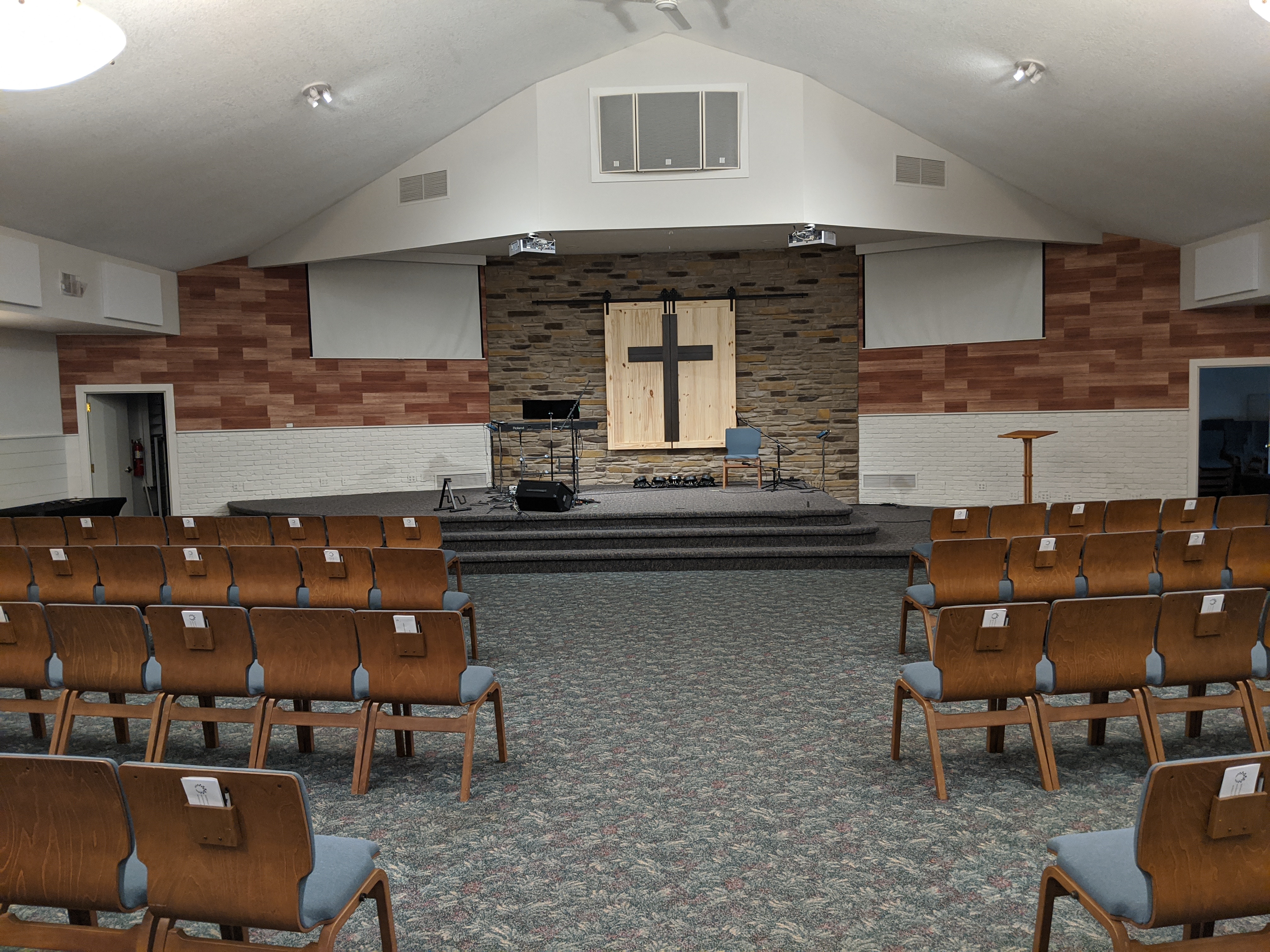How to Improve Acoustics And Sound Quality in a Church or House of Worship
- Oct 3, 2025
Many of the great cathedrals and temples of the world were built with acoustics in mind. Vaulted ceilings, towering walls, and hard surfaces of stone, marble, and glass weren't just awe-inspiring visual elements; they also reflected sound to allow sermons, chants, and songs to resonate around the space so all in attendance could hear them.
Nowadays, the acoustic challenges in houses of worship are more about sound clarity instead of volume. The very echoes that once elevated Gregorian chants now clash with modern amplification and sound systems, burying live music and voice under reverberations.
Added to that is the rise in adaptive reuse for modern houses of worship: many congregations are now meeting in former retail or commercial spaces that weren't originally built with acoustics in mind.
Here are some tips to make sure you're getting the best sound possible in your house of worship:
1. Pay Attention to Speaker Placement
In many modern church services, more traditional elements like choirs and church organs are now sharing the stage (literally, in some cases) with rock-influenced instrumentation and vocals. Production-wise, it frequently feels more like a pop concert, and the sound must be managed as such.
It's not enough to have top-of-the-line speakers to amplify song and speech: the speakers themselves must be positioned correctly for an optimal listening experience. Speakers positioned too close to walls or corners can reflect off those surfaces to create muddy sound, while speakers not strategically angled toward the congregation can result in dead zones where the sound is not being clearly heard.
If possible, set up your sound amplification system so speakers are even with the ear level of the seated attendees. Also consider placing additional speakers towards the rear of the room so those in the back rows don't miss out.
2. Install Sound-Absorbing Acoustic Panels
The large walls and high ceilings of a sanctuary or auditorium can easily result in sound waves reflecting off those surfaces to create echoes and reverb. Acoustic panels can be installed along the side walls and back wall of these spaces to absorb these echoes and reverberations to improve sound clarity.
Fabric Acoustic Panels are especially excellent due to their durability (they can also be cleaned or vacuumed to remove dust and soil buildup). If you're looking for acoustic panels that blend in with the interior of your auditorium, our AcoustiColor® acoustic panels can be coated to match any paint color from Sherwin-Williams. Direct mount acoustic ceiling tiles and panels can also be affixed for sound absorption from above that doesn't disrupt any sightlines. And custom image acoustic panels can be specially printed with religious iconography or inspirational phrases.
3. Incorporate Other Sound-Absorbing Furnishings
Acoustic panels aren't the only things that can absorb sound! Anything that's thick and porous can trap sound waves. The addition of carpeting, curtains, or upholstered seating will help soak up echoes and reverb.
Houses of worship are an essential part of our communities, and they deserve the best acoustics so those in attendance can feel the faith and fellowship without compromised sound quality.
If your house of worship is in need of acoustic help, contact us at 1.866.505.MUTE or complete this form for a free Audimute acoustic consultation!


